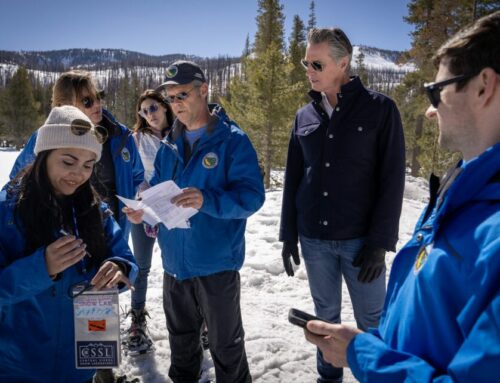by Greg Walcher, E&E Legal Senior Policy Fellow
As appearing in the Daily Sentinel
Several years ago, I wrote about what I thought must be the world’s most valuable fish.
It was not a collectable aquarium fish, though buyers will pay $1,000 for an orange and purple striped Candy Basslet, and $2,500 for a Wrought Iron Butterflyfish. No, it was the rainbow trout in Washington’s Yakima River, estimated by the Bureau of Reclamation to be worth $27,000 each.
The absurd number was used in the agency’s cost-benefit analysis of the Yakima Basin Integrated Plan, a water-management project to expand available water supplies in several reservoirs. The Bureau offset its $4 billion cost with inflated estimates of the “non-use value” of fish, and thus the $27,000 trout. I poked fun at the bureau, chortling about the world’s most valuable fish. It turns out I wasn’t even close.
The big money now is in endangered species — not to purchase them for aquariums (that would be illegal), but to recover them in the wild. A recent congressional hearing shed new light on the cost of recovery plans for numerous endangered species, and to put it mildly, there was sticker shock among the congressmen, staffers and reporters. One headline read, “Meet the $2.8 billion frog,” and another asked “Have you heard about the $124 million salmon?”
Few people ever read annual reports the U.S. Fish and Wildlife Service (USFWS) is required to produce, tracking the money spent on every species on the federal endangered list. The most recent report, for 2020, shows government agencies spent $1.246 billion on recovery projects for some 1,700 listed species. But that wasn’t the eye-opening fact in the hearing. Congressmen already know how much money USFWS spends, or at least they should, since they vote to appropriate it every year.






